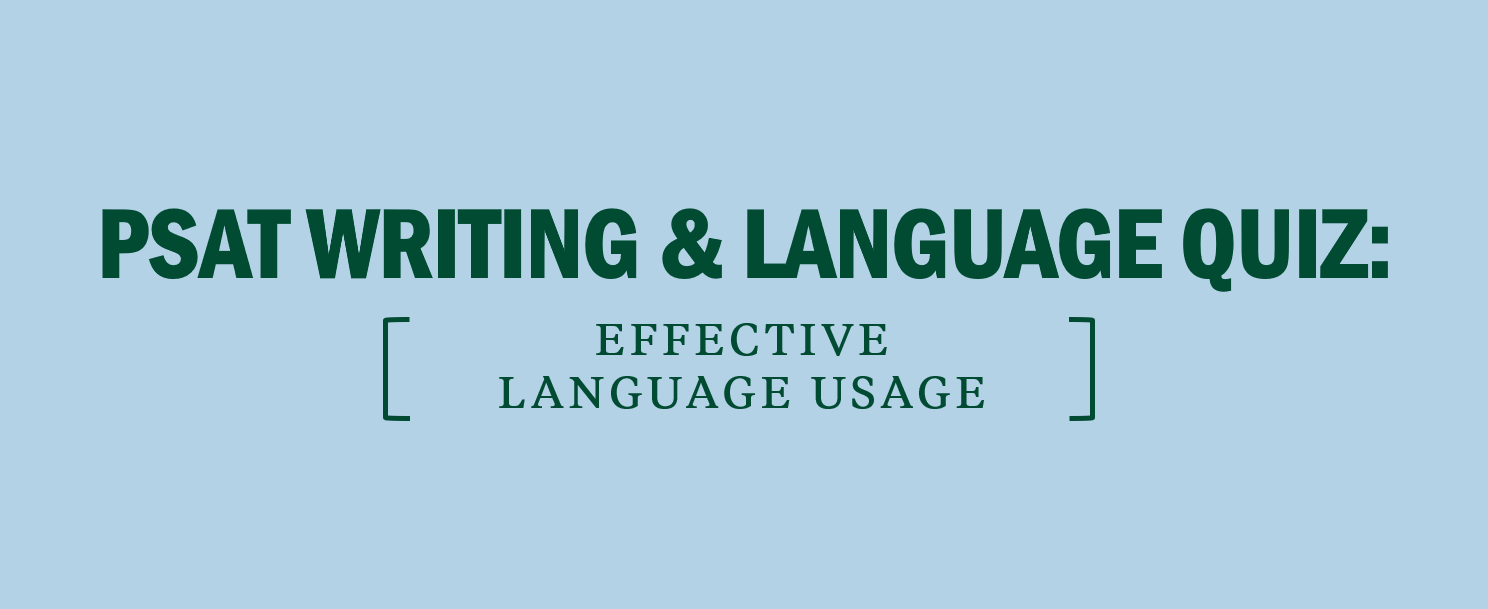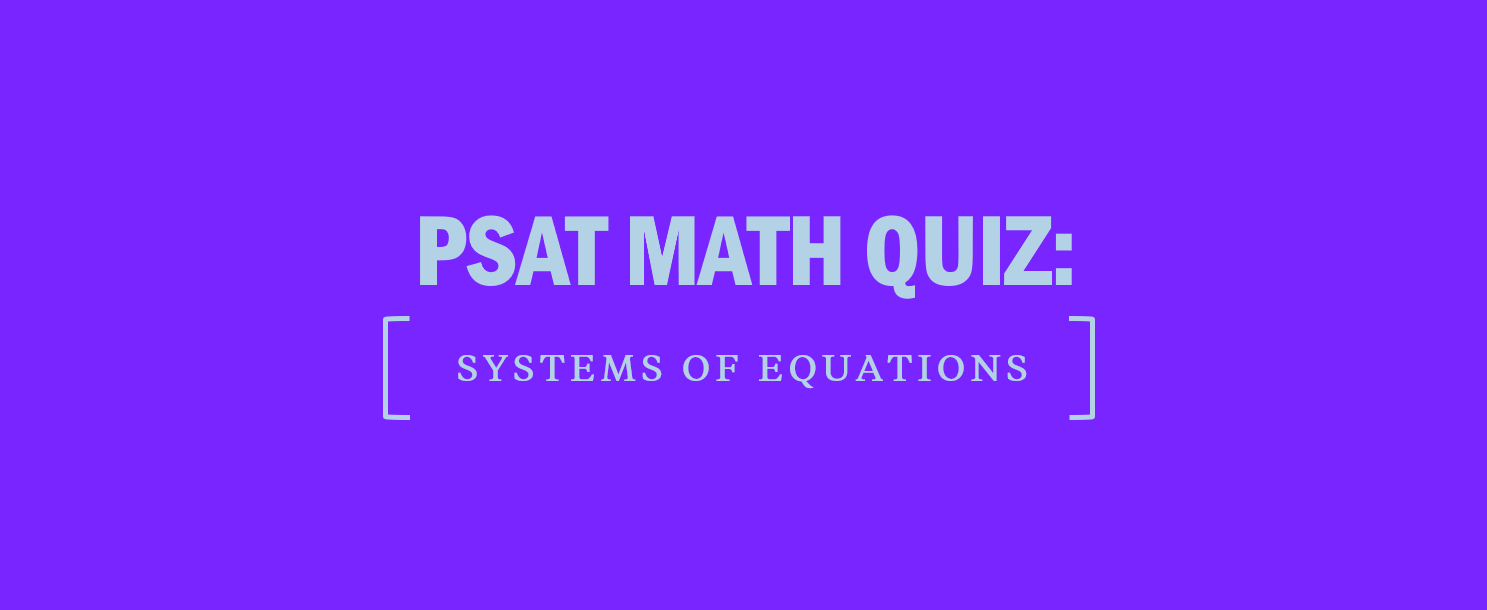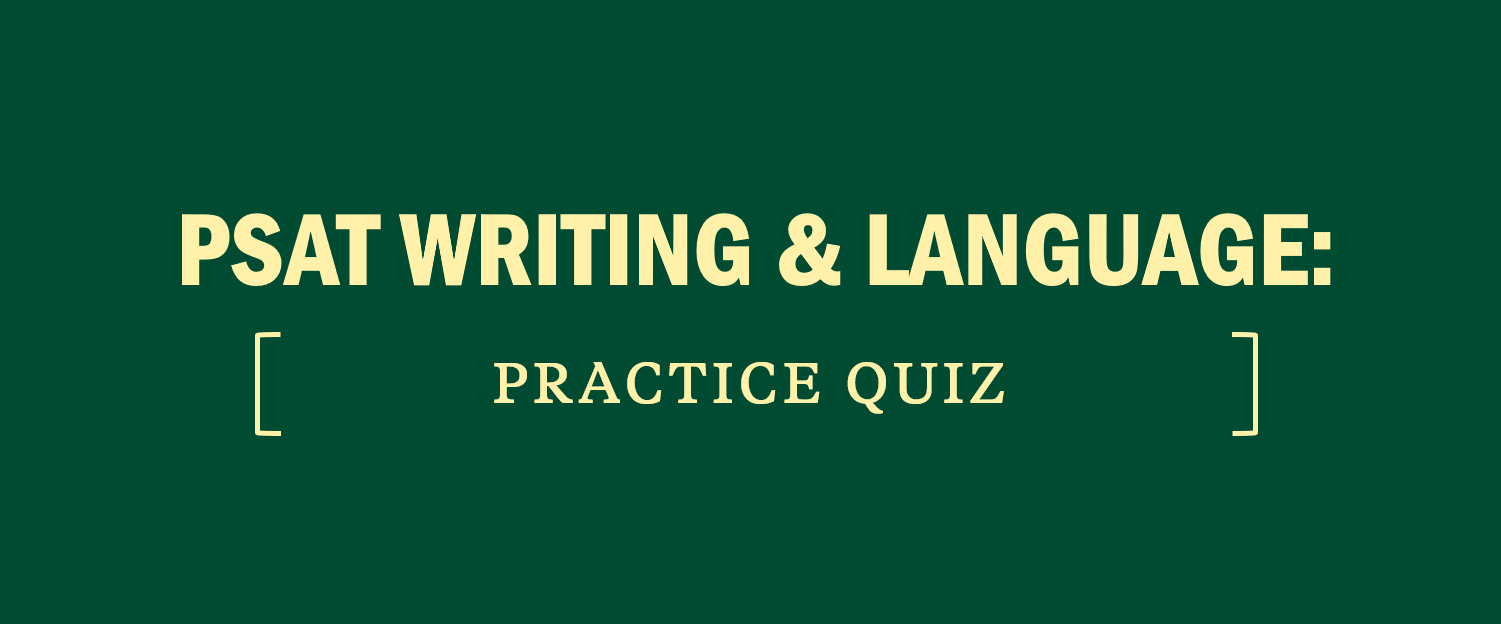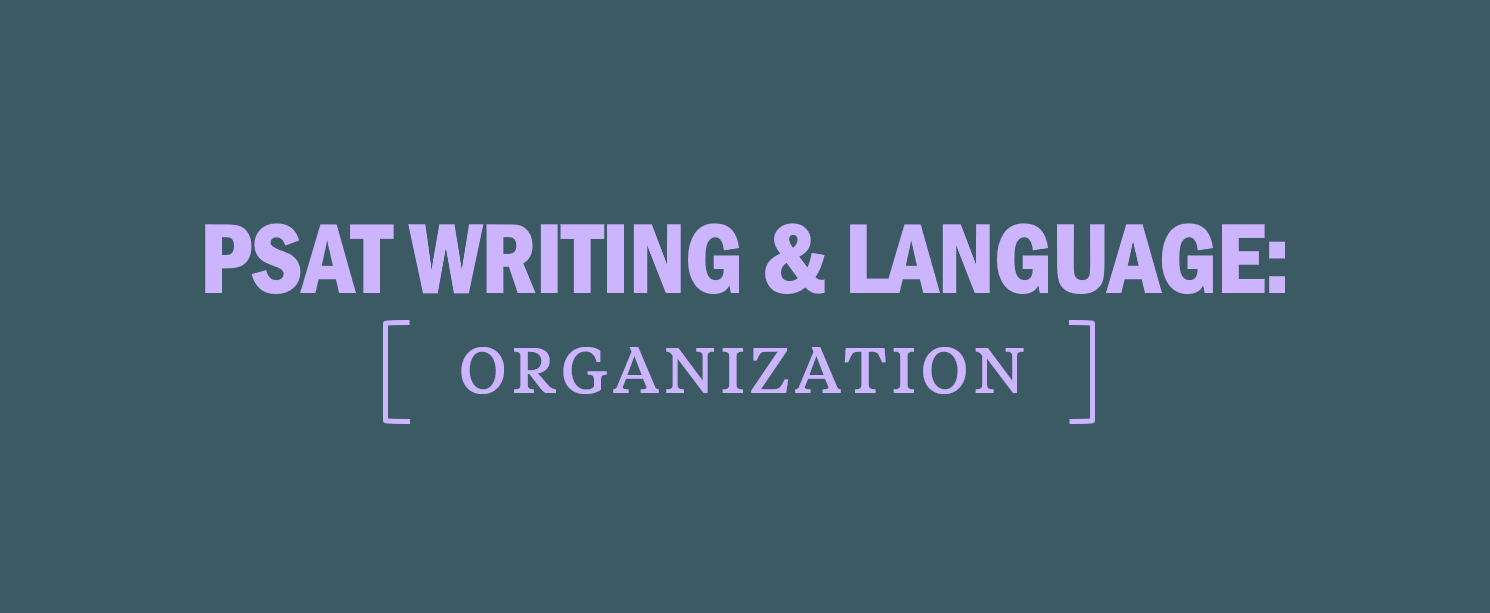PSAT Writing and Language Quiz: Effective Language Usage
Test your PSAT readiness by taking this PSAT Writing quiz?
Reading the following passage and indicate what corrections, if any, should be made to each question’s corresponding number in the text.
The North American suburb is an architectural and civic phenomenon distinct from suburban areas in any other part of the world. It was (1) a counterreaction to the need, especially keen after World War II, to “get away” from the city and all the noise, pollution, and general nastiness that went along with it. Cities were where the factories were, and the factories before modern pollution and safety standards were horrific things to behold. Of those who could (2) get out, many did. Suburban communities, however, were not (3) sufficient by themselves to support life. The people who lived in them needed to work, shop, and socialize, and most of the active part of their lives remained fixed in urban centers. (4) Paradoxically, suburbs were clustered around their parent cities, with the suburban inhabitants avoiding the city center.
Answer 1
C: When a phrase is underlined, look for the choice that best conveys the author’s intended meaning in the context of both the sentence and paragraph.
In this sentence, the author is addressing the perceived need that people had after World War II to move away from crowded, dirty urban centers. Choice (C) is correct because the suburbs were a response to this need.
Answer 2
A: When an underlined section includes punctuation, make sure that the punctuation enhances the reader’s understanding of the passage. If the punctuation harms understanding, consider changing it or eliminating it altogether. In this case, the comma included in the underlined section clearly separates an independent and dependent clause. No punctuation at all would create a run-on, and words are not being omitted, so there is no reason to use the ellipsis. The semicolon is used to separate two independent clauses and is incorrect in this context. Because the sentence is correct as written, choice (A) must be correct.
Answer 3
B: Look for the clearest, most straightforward wording of the idea underlined in the passage and avoid answers that contain unnecessarily complicated syntax. In the underlined section, the author is simply trying to address the self-sufficiency of the suburbs. Choice (B) is correct because it conveys this idea in the clearest manner.
Answer 4
C: The last sentence of a paragraph usually ties the different claims in that paragraph together. In this paragraph, the author introduces the tension between the desire to move away from the city and the need to return to the city for work and leisure. Choice (C) is correct because it effectively expresses that dichotomy.







